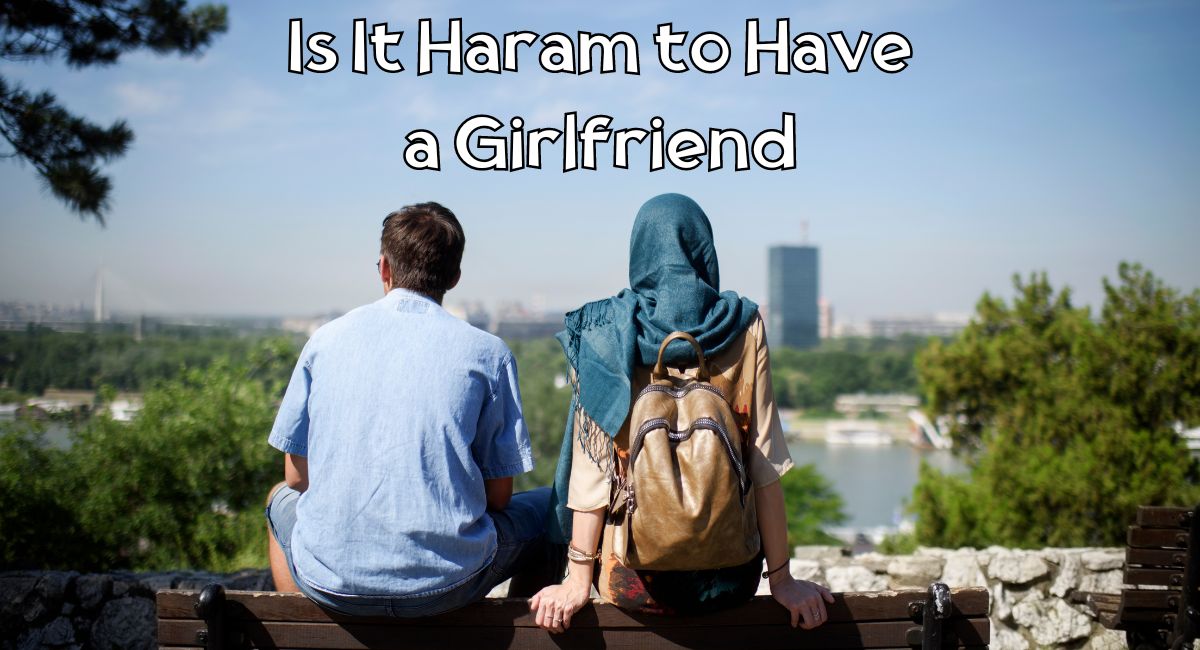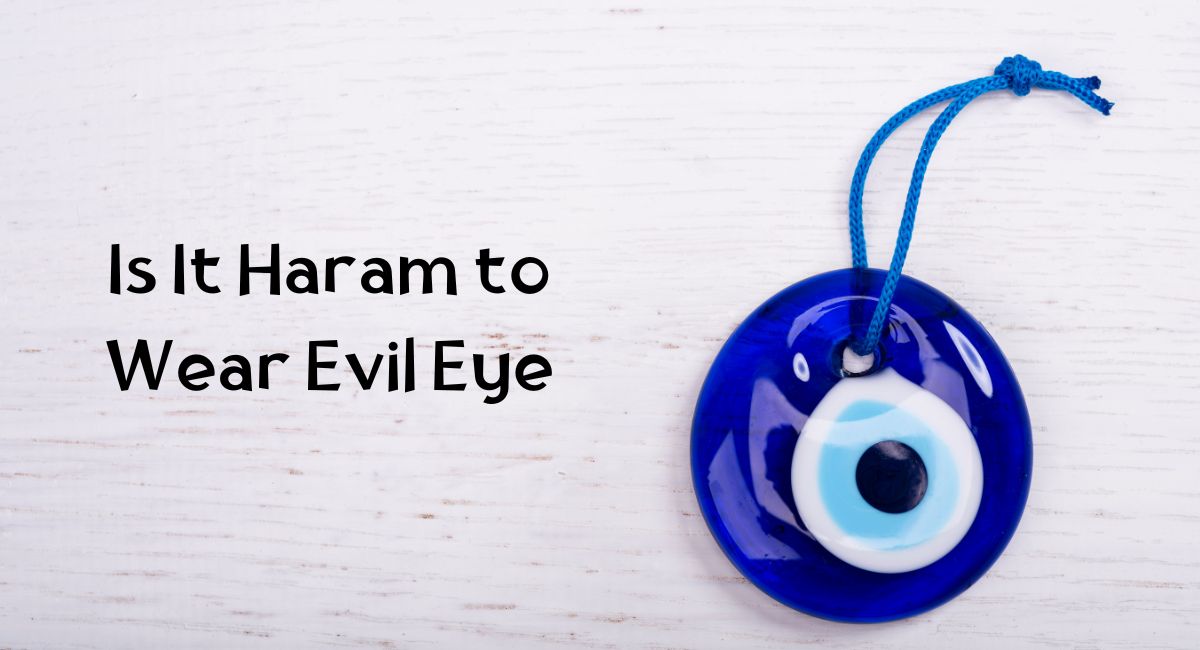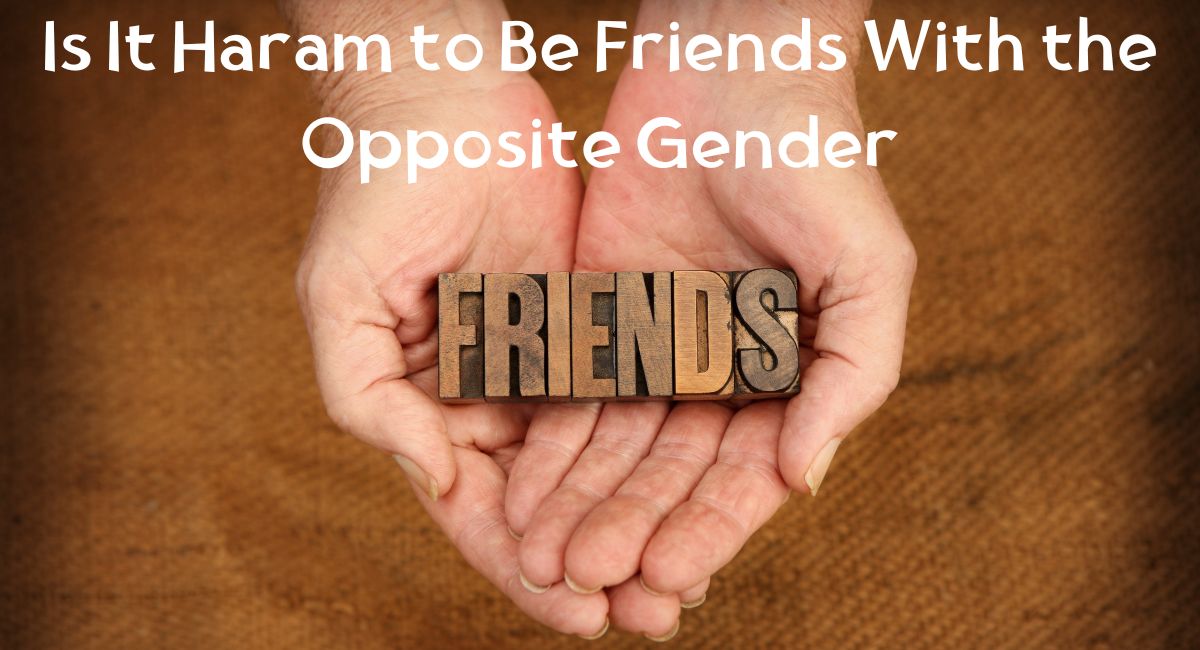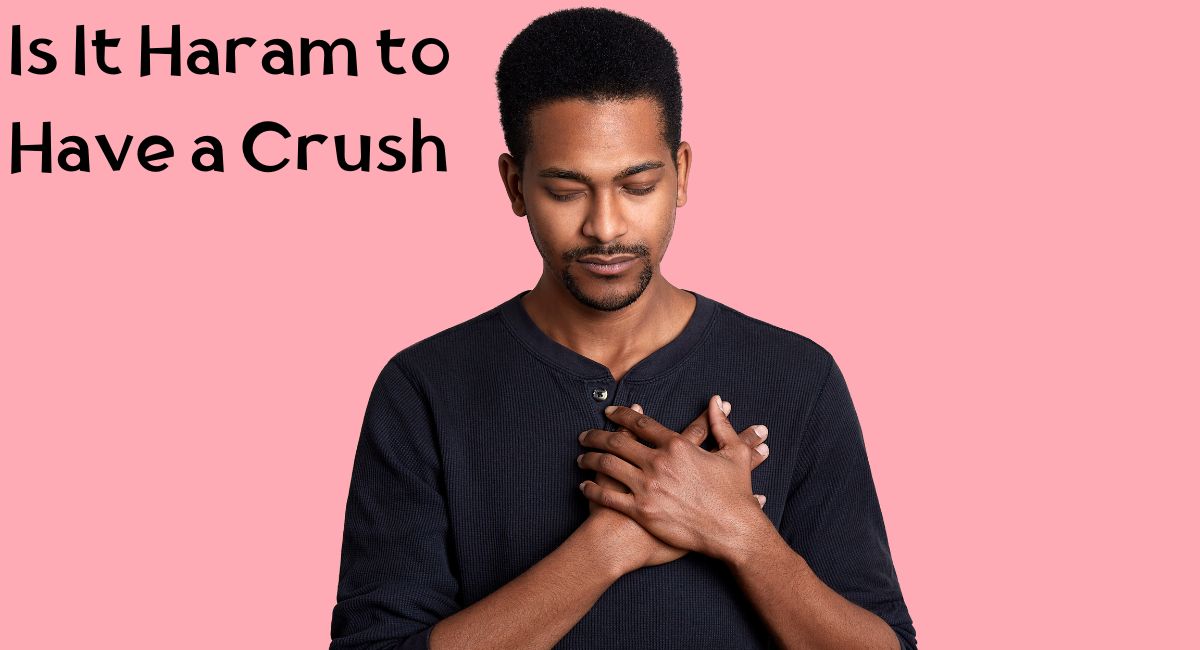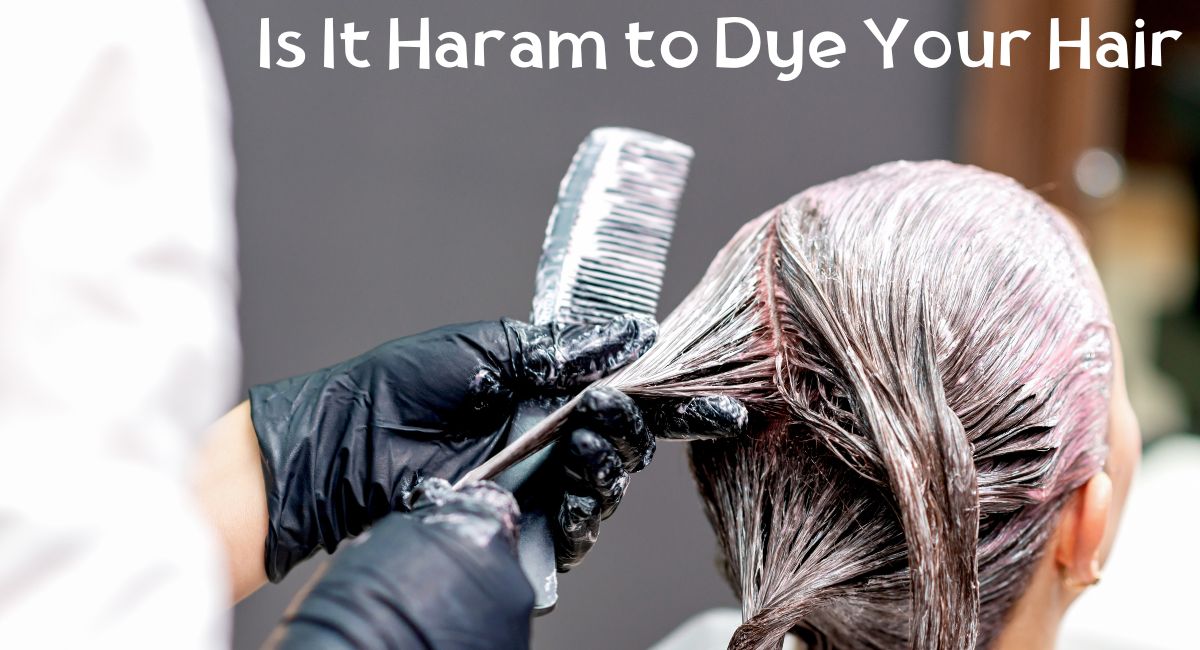Microblading, a popular cosmetic procedure for enhancing eyebrows, has sparked debates within the Muslim community regarding its permissibility in Islam.
While many individuals are drawn to the idea of achieving perfectly shaped brows through this semi-permanent technique, questions arise about whether microblading is considered “halal” or “haram” according to Islamic principles.
In this article, we will delve into the concerns surrounding microblading and explore various perspectives to help you make an informed decision about its religious implications.
What is Microblading
Microblading is a tattooing technique used to add semi-permanent pigment to the skin, primarily for enhancing, reshaping, or creating eyebrows.
It differs from standard eyebrow tattooing, which is a form of permanent makeup, as each hair stroke is created by hand with a blade that creates fine slices in the skin, whereas eyebrow tattoos are done with a tattoo machine.
The procedure is also known as embroidery, feather touch, microstroking, 3D eyebrow embroidery, or hair-like strokes.
The microblading process involves:
- Handheld tool: A small handheld tool, made of several tiny needles, is used to add semi-permanent pigment to the skin.
- Hair-like strokes: The pigment is applied superficially to the skin, creating hair-like strokes that resemble natural eyebrows.
- Semi-permanent ink: The pigment used in microblading is different from that used in traditional tattoos, as it is smaller and produces a more subtle, soft appearance.
- Fading: Over time, the pigment on your brows will lighten a shade or two from its original color, whereas a tattoo on your body can have a blue-green tint on the edges when it starts to fade.
Microblading is suitable for those with thin, sparse brows who want to achieve definition and fullness. However, it is essential to consider factors such as skin condition and health, as oil in the skin can cause the microblading hair strokes to expand and blur, affecting the results.
The treatment lasts from 18 to 30 months, with touch-up sessions encouraged 6 weeks after the first procedure and every 12–18 months thereafter.
There are different techniques and approaches to microblading, such as 1D Eyebrows, where hair strokes go in one direction, and 3D Eyebrows, where the hair strokes are laid out in a specific pattern across the eyebrow ridges, creating a 3-D effect.
Is Microblading Haram
In Islam, microblading is considered haram, akin to tattooing. It is viewed as a sinful act because it involves changing Allah’s creation, a major sin in Islam.
Although microblading did not exist during the time of the Prophet Muhammad (peace be upon him), and therefore is not explicitly mentioned in the Qur’an or Hadith, its resemblance to tattooing, which is haram, makes it forbidden.
The Islamic perspective is that microblading, like tattooing, falls under the category of ‘washama,’ which refers to pigmentation of the skin, prohibited by the Prophet Muhammad (peace be upon him).
Quranic Perspective on Microblading
While microblading is not directly mentioned in the Quran, the broader principles of respecting Allah’s creation and avoiding unnecessary alterations of the body are applied to this modern cosmetic procedure.
The Quran, in Surah An-Nisa (4:119), states,
“And I will mislead them, and I will arouse in them [sinful] desires, and I will command them so they will slit the ears of cattle, and I will command them so they will change the creation of Allah.”
This verse is often cited to argue against practices like microblading, which are seen as altering the creation of Allah. The principle derived from this verse is applied more broadly to activities that are perceived as modifying the human body beyond its natural state, which includes tattooing and by extension, microblading.
Hadiths about Microblading
One pivotal Hadith, collected by Sahih Al Bukhari states that:
Narrated Ibn `Umar: Allah’s Messenger said, “Allah has cursed such a lady as lengthens (her or someone else’s) hair artificially or gets it lengthened, and also a lady who tattoos (herself or someone else) or gets herself tattooed.
Sahih al-Bukhari 5937
This Hadith categorically denounces the act of tattooing, thus extending its implications to similar practices like microblading.
Another hadith recorded in the same book enumerates:
Narrated Abu Juhaifa: The Prophet forbade the use of the price of blood and the price of a dog, the one who takes (eats) usury the one who gives usury, the woman who practises tattooing and the woman who gets herself tattooed.
Sahih al-Bukhari 5945
Jami` at-Tirmidhi also reiterates a similar stance in its Chapters on Manners
Narrated ‘Abdullah: that the Prophet cursed the women who practice tattooing and those who seek to be tattooed, the women who remove hair from their faces seeking beautification by changing the creation of Allah.
Jami` at-Tirmidhi 2782
When is Microblading Considered Halal
There are scholars who consider microblading halal (permissible) under specific medical conditions. These include situations such as loss of eyebrows due to medical conditions like alopecia, cancer treatments, burns, or as a corrective procedure to fix uneven or asymmetrical brows. It can also be part of reconstructive surgery following an accident.
The allowance in these cases is based on the notion that microblading serves a restorative or corrective purpose rather than purely cosmetic enhancement.
The hadith from Abu Dawud and the narration from Ibn Mas’ud both indicate a general disapproval of tattooing for cosmetic purposes. However, the exception mentioned in both instances, “except in the case of disease,” suggests that tattooing may be permissible in certain situations.
Narrated by Abu Dawud (4170) from Ibn ‘Abbas (may Allah be pleased with him), who said: The woman who does hair extensions and the woman for whom that is done, the woman who plucks eyebrows and the woman for whom that is done, the woman who does tattoos and the woman for whom that is done when there is no disease (that would justify doing that) are cursed. Classed as sahih by al-Albani in Sahih Abi Dawud.
Ahmad (3945) narrated that Ibn Mas‘ud (may Allah be pleased with him) said: I heard the Messenger of Allah (blessings and peace of Allah be upon him) forbid plucking facial hair, filing teeth, adding hair extensions and tattooing, except in the case of disease. Shaykh Ahmad Shakir said: Its isnad is sahih.
Ash-Shawkani’s interpretation further clarifies this point, stating that the prohibition against tattooing primarily applies to cosmetic enhancements and not to medical or remedial purposes.
“The apparent meaning of the words “except in the case of disease” indicates that the prohibitions mentioned only apply to cases where that is done for the purpose of beautification, not in the case of disease or to treat an ailment; in that case it is not prohibited.”
Nayl al-Awtar (6/229)
This implies that tattooing could be considered permissible if it serves a legitimate medical purpose or helps alleviate a physical condition.
Some Islamic scholars allow microblading because it is not completely permanent. This semi-permanent nature categorizes it under temporary adornment, akin to makeup, which is generally permissible in Islam. This perspective focuses on the temporary aspect of microblading rather than its resemblance to tattooing.
Can You Do Wudu With Microblading
The concern regarding microblading also extends to the validity of wudu (ablution). Islamic teachings emphasize that water must touch the skin for wudu to be complete. A Hadith from Sunan Abi Dawud and Bulugh al-Maram highlights this requirement.
The Prophet (peace be upon him) mentioned that if a person finds water, they should let it touch their skin.
The Messenger of Allah said: Abu Dharr, clean earth is a means of ablution, even if you do not find water for ten years. When you find water, you should make it touch your skin.
(Book 1, Hadith 333)
This implies that microblading, which involves pigmenting the skin, might hinder the water from touching the skin, potentially invalidating the wudu.
However, there is an exception noted for cases where microblading is medically necessary. In such situations, it is recommended to perform a Ghusl (a full-body ritual purification) before undergoing the microblading procedure to ensure the eyebrows are clean.
After the procedure, a person can perform Wudu and wash the microbladed area, and it will be considered acceptable. This exception applies only when microblading is required for medical reasons and not for beautification purposes.
Halal Alternatives to Microblading
There are several halal alternatives to microblading for enhancing eyebrows. These include:
- Eyebrow Tinting: This method uses a plant-based dye to enhance the color of the eyebrows, offering a natural way to achieve fuller and more defined eyebrows. It’s a painless procedure and the results can last up to 6 weeks.
- Eyebrow Powders: Made from minerals, eyebrow powders add color and definition to the eyebrows. They are easy to apply and can be quickly removed, offering flexibility in eyebrow styling.
- Eyebrow Pencils: These pencils are a convenient option for enhancing eyebrows, providing a natural-looking finish. They are easy to use and available in various colors to match different skin tones.
These alternatives are considered halal as they do not involve any permanent changes to the body and use materials that are permissible in Islamic practices.

